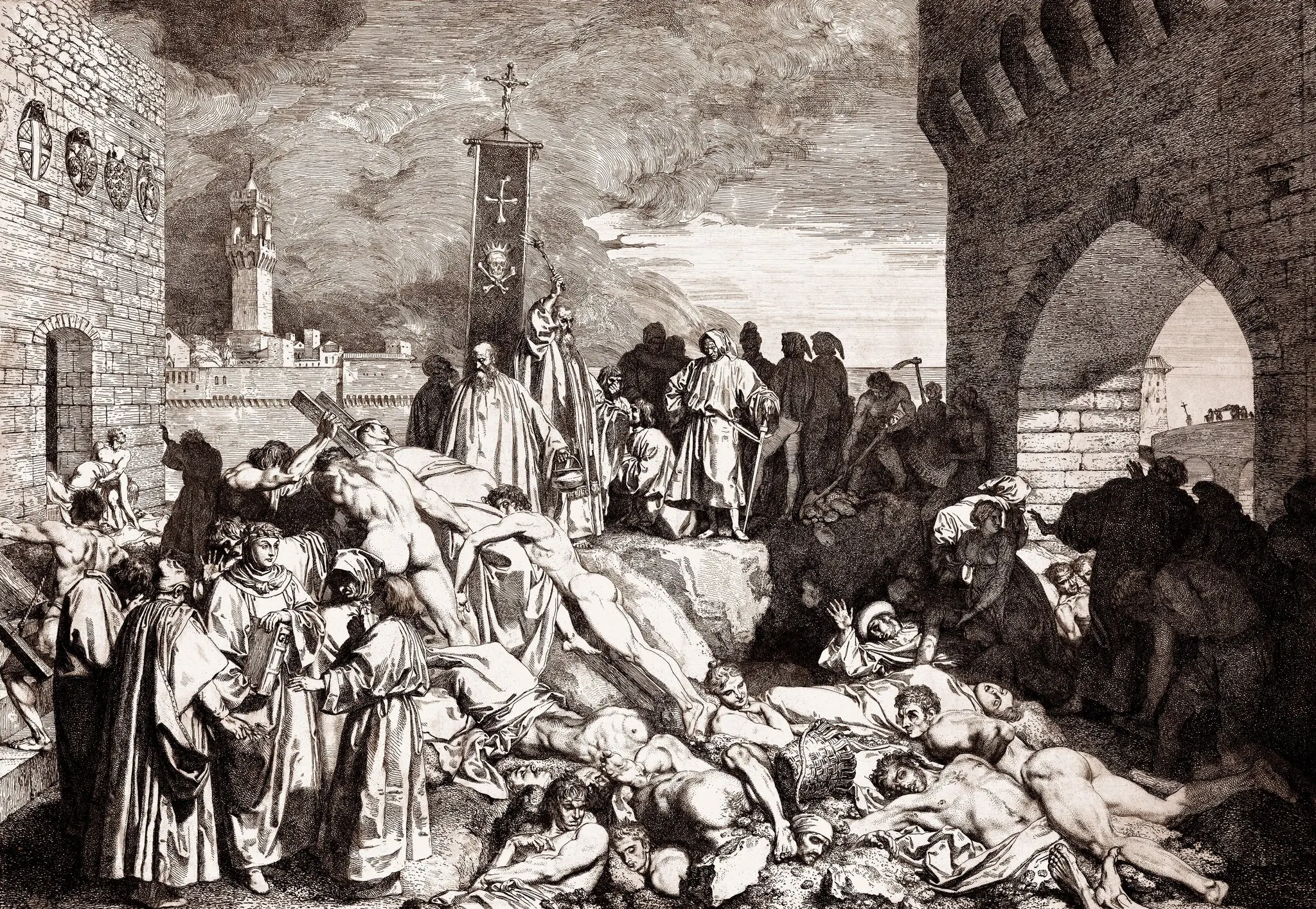“Did the ‘Black Death’ Really Kill Half of Europe? New Research Says No”, The New York Times Covers Timothy Newfield’s Research

Posted in Media | Tagged Media 2022, Timothy Newfield
The New York Times covers the research Timothy Newfield co-authored and recently published on the uneven impacts of the plague across Europe, causing “a patchwork of destruction”. The article describes how the research team studied ancient pollen preserved from around 1250 to 1450 in 261 sites across Europe — from Ireland and Spain in the west to Greece and Lithuania in the east —, to study how changes in the environment reflected the effects of the plague. “Losing half the population would have turned many farms fallow. Without enough herders to tend livestock, pastures would have become overgrown. Shrubs and trees would have taken over, eventually replaced by mature forests”, the article explains, “but that was hardly the rule across Europe. In fact, just seven out of 21 regions the researchers studied underwent a catastrophic shift. In other places, the pollen registered little change at all”.

